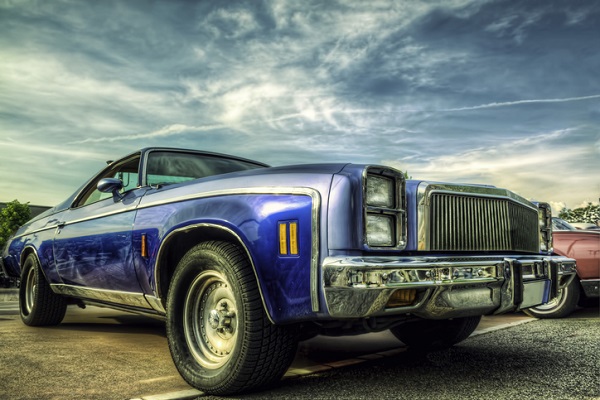Classic Car Spotlight: A Look at the History of the El Camino for Students in Auto Mechanic School

To meet this demand for a versatile vehicle, in 1957 Ford introduced the Ranchero, which was half car and half pickup. Eager to get in on the action, Chevrolet introduced the Cameo Carrier pickup, the predecessor to what would become one of the more aesthetically-confusing, but nevertheless popular cars: the El Camino.
The debate continues today about the legacy of the El Camino, long after the last one rolled off the production line. If you’re interested in becoming an auto mechanic, read on to learn more about this classic Chevy model.
Bumpy Beginnings: Exploring the First Generation El Camino
Innovation is one of the most important cornerstones of the automotive industry. Sometimes, however, in trying to meet consumer demand, the drive to innovate can lead to some unexpected places, including the birth of the El Camino.
At first glance, it looks like someone sewed the backend of a pickup truck onto a sedan, which was kind of the point. Consumers in the 1950’s wanted a car for all seasons—one that could handle the demands of the highway, fit their growing families, and provide plenty of storage space. Chevrolet put its foot in the door of this market with the creation of the first generation El Camino in 1958.
The design was based on a two-door station wagon and included a full-size Chevy drivetrain with a payload rating of between 650 and 1150 pounds (290 to 521 kilograms). Although initial sales were promising, the Camino was a little too unusual for most car buyers at the time. The production period of the first El Camino ended in 1960 after less than 15,000 models of the vehicle were ordered.
Students in Auto Mechanic School May Be Interested in the Camino’s Powerful Engine
Throughout its manufacturing history, the engine of the El Camino went through a variety of changes as it attempted to stay one step ahead of its competitors. From fuel-injected to tri-carbed to V-8, the El Camino’s engine shuffled through a variety of transformations, some of which may sound familiar to students in an auto mechanic training program.
The second generation, introduced in 1964, drew from the successful Chevelle model and included an optional small-block V-8, capable of 300 horsepower. When the third generation rolled off assembly lines in 1968, it featured a refreshed new look complete with quad-stacked headlights and a more powerful Super Sport (SS) engine. That engine launched the El Camino into muscle-car stardom. The later generations of El Caminos were also the most powerful: before federal regulations kicked in, the 1970 El Camino was available with a 454 V-8 engine, capable of 450 hp.
Later versions of the El Camino were leaner than its bulkier, bigger predecessors due to a growing emphasis on fuel economy. The final fifth generation featured sharper styling and a V6 engine, but rising gas prices and changing customer preferences led Chevrolet to drop the Camino in 1987. However, if you’re hoping to work on one of these classic cars during your career after auto mechanic school you may still have a chance to do so. Although it may be gone, it certainly isn’t forgotten. The El Camino is a popular vehicle among classic car enthusiasts and rumour has it that Chevrolet may be planning on reviving it in 2020 to celebrate its 60th birthday.
Are you interested in getting hands-on training in automotive industry technology?
Contact Automotive Training Centres for more information.

